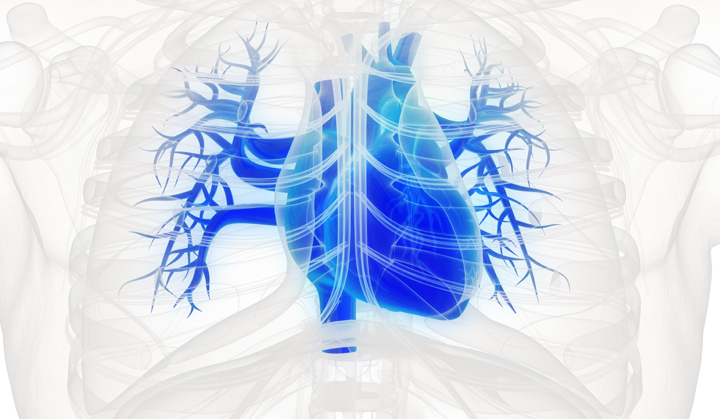Public health emergencies not only force health systems to manage immediate impacts, they must also maintain their essential health services – to coordinate actions and distribute resources across levels of care and geographies, and to develop effective crisis management plans. Costa Rica and the Dominican Republic are among a handful of countries recognized for how they managed these challenges during the pandemic.
Read More







